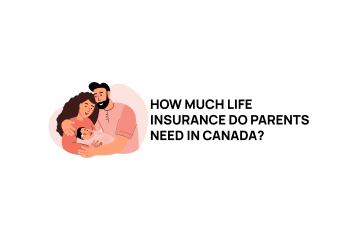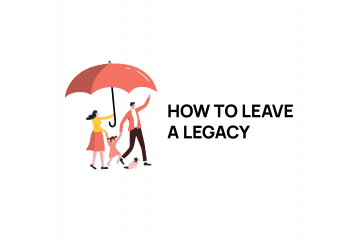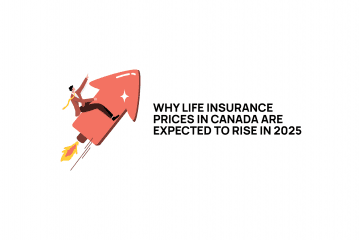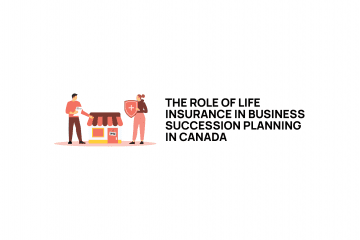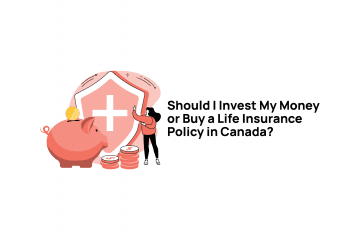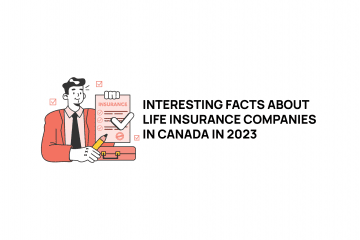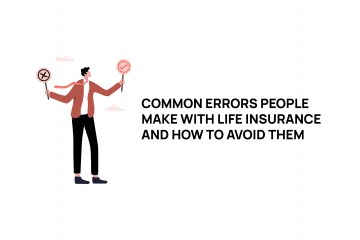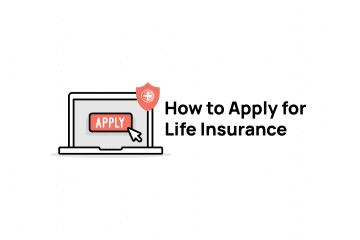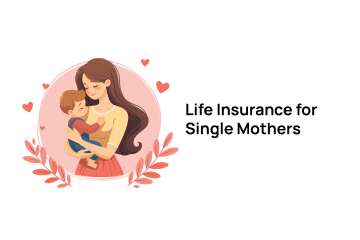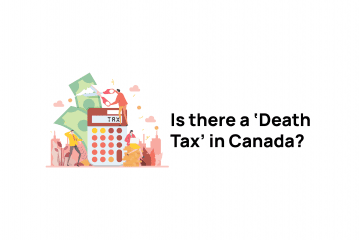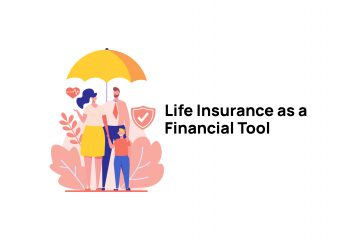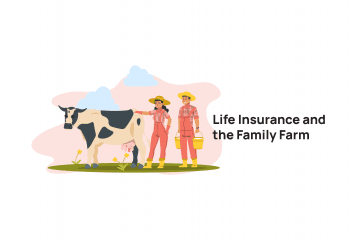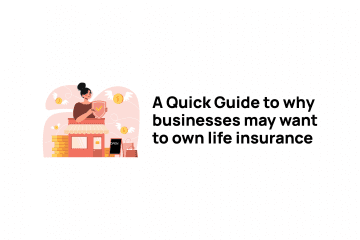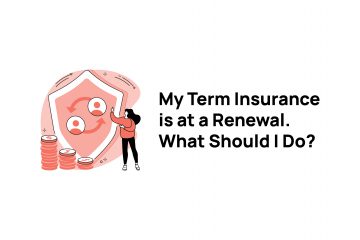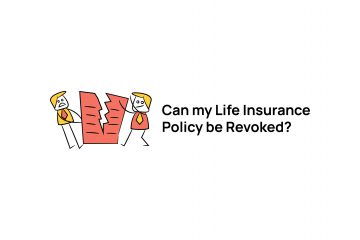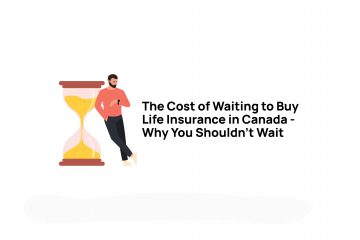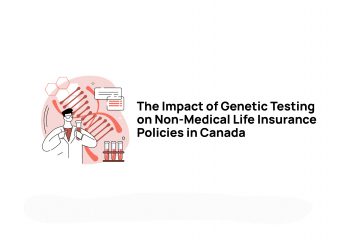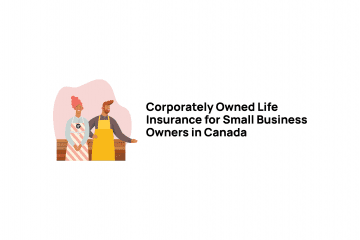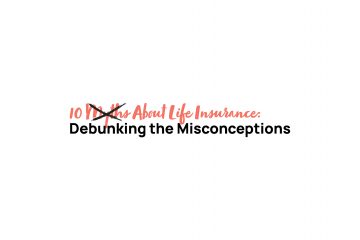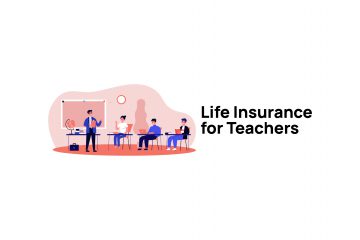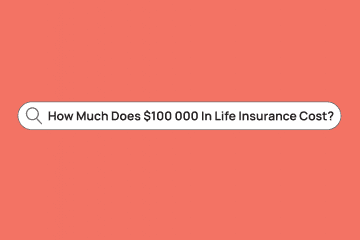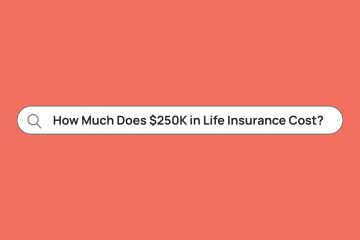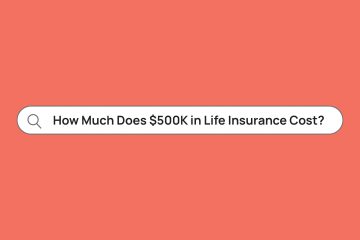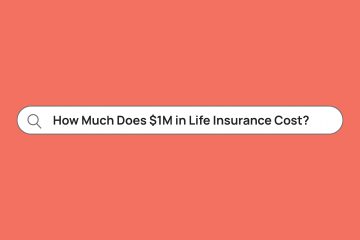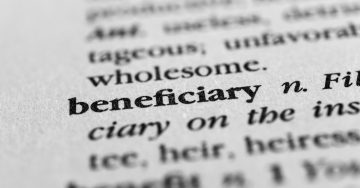Life insurance can play a vital financial role in estate planning.
The intent of estate planning is to transfer the maximum amount of funds to future generations upon your death. There are two basic parameters to maximize this – increasing the amount of available funds; and minimizing the amount of taxes paid. Certain life insurance policies can help with both of these parameters.
Basic Strategy; Maximizing Available Funds At Death:
Part of estate planning is maximizing available funds at death. This typically involves advanced financial planning strategies in conjunction with asset allocation. Asset allocation involves choosing various asset classes (real estate, equities, etc) to maximize return while minimizing risk. Part of asset allocation is selecting an asset class which is guaranteed. This asset class is a tradeoff between guaranteed investments, and lowered rates of return, and thus is generally a smaller percentage of invested assets (say 10-20%). Because life insurance provides a guaranteed payout at death, it can be used as a guaranteed asset class in your estate planning. It generally substantially outperforms other similar asset classes – see the “Life Insurance as an Asset Class” section below.
The reason this works is a rule of thumb that’s actually true – life insurance companies can invest your premiums to result in your guaranteed death benefit, better than you can investing in guaranteed investments on your own. And, there’s two reasons for this. First, is that life insurance companies have access to investments and investment professionals far more than consumers do. Secondly, there’s a hidden gem in life insurance pricing due to the fact that some people cancel their policies prior to death. Here’s a simplification of how it works. You decide that you want $100,000 upon death and based on an interest rate, determine how much you need to put aside each year to have exactly that $100K upon death. That’s your premium. Now the life insurance company, on the other hand, sells 10 policies for $100,000. You’d think that the premiums for those 10 people would be the same as the money that you’re saving to get the same $100K – but it’s not. The life insurance company knows that 10 people will start paying premiums, but say 3 people will cancel their policies before dying, resulting in the life insurance company only paying out 7 death claims. Comparatively, you’re saving for $100,000 and the life insurance company only has to charge a premium as if they were paying a $70,000 death benefit to still give you the same $100,000 (numbers are fictional for illustration, but the intent remains). It’s effectively as if you’ve got other people helping you pay for your death benefit when you purchase life insurance.
Get a free quote
Basic Strategy: Minimizing Taxes At Death:
While Canada does not have an estate tax per se, there are often various forms of taxes due on estates’ assets upon death. Life insurance can minimize these taxes, particularly taxes associated with investments that are triggered upon your death.
Here’s basically how it works. Say you invest in a mutual fund and manage it so that you’re not taxed on the growth unless you liquidate or withdraw. Your death likely will trigger taxes on the accumulated growth – and that can be a substantial percentage of your investments that you’re trying to pass to your next generation.
Now, contrast that with a life insurance policy. Some life insurance policies have internal investments that act similar to non-life insurance investments (i.e. mutual funds, equities). And while you’re alive and the funds remain inside the policy, those funds are again not subject to taxation. Upon your death however, the investments and all the growth are not triggered as being taxable. Instead, they’re paid out as a death benefit – and death benefits are not subject to taxation in Canada. While life insurance policy investments often come with higher fees than other comparable investments, the lack of taxation in death will more than make up for the additional fees. The end result – you’ll have more money upon your death.
Example Strategy 1:

Life Insurance As An Asset Class
When planning for your estate, you’re looking at funds that you don’t expect to spend in your lifetime. So, you’ll somehow want to invest them to maximize returns and minimize risk between now and when you die. This conversation needs to be had with an advanced financial planner. However, one part of that conversation will likely center around a portion of your assets being invested in a guaranteed asset class – often bonds.
So lets say you’re investing 10% of your assets in bonds. Lets compare what happens if you purchase a life insurance policy with that 10% of your assets instead.
First, you’ll have better guarantees. Given a specific timeframe (i.e your age at death), we can calculate the rate of return that life insurance provides over that time. And because the death benefit is guaranteed, then the rate of return over that timeframe is also guaranteed.
Compare that to bonds. Many people would consider bonds to provide a guaranteed return – but this is not true over long periods of time. Investing in a 5 year bond will provide a guaranteed rate of return over that 5 years. At the end of the 5 years, you’ll be investing in new bond rates at that time – which could be higher or lower.
Therefore, we can see that over a specific period of time, life insurance provides a guaranteed rate of return, while bonds typically do not. This becomes increasingly important when these funds are the portion of your investments intended to stabilize returns through the use of guaranteed investments. Life Insurance Canada.com can provide you quotes and illustrations that show the comparative returns of bonds and life insurance over your lifetime. Life insurance generally compares favourably against bonds in terms of gross rate of return.
But, the second half is where life insurance really shines – taxes. Investments such as bonds typically trigger taxes upon death. Life insurance death benefits are paid out tax free. Because taxes on investments can be substantial, the savings with life insurance really sets it apart from bonds. If you compare rates of returns for bonds and life insurance, you may find that both return roughly 3-4% over time. However if you compare after tax rates of return at death – now the life rates of return will still be at the 3-4%, but the bonds may drop down closer to 2%. This leads to the simple and somewhat hypothetical question – would you rather see a guaranteed rate of 2%, or of 3-4%? And thus, the motivation to use life insurance policies as an asset class.
Of note, when looking at this strategy, we want to shop around for a permanent, guaranteed life insurance policy where the death benefit is maximized and the premiums are minimized – and specifically, we’re not normally paying much attention to other things such as cash surrender values. Life Insurance Canada.com can provide you these quotes for your specific situation (link to contact info).
Example Strategy 2:

Passing Funds To Your Grandchildren
Assuming that you want to pass some of your estate funds along to your grandchildren. One way would be to simply give them the funds upon your death. This method doesn’t maximize the amount you pass to them however.
Alternatively, you could purchase a life insurance policy with the grandchildren as a beneficiary. This is better from a tax perspective, but does place the entire funds into your grandchildren’s hands upon your death.
There’s a third, better way that leverages some features of certain life insurance policies. The basic strategy involves setting up a joint policy between you and your grandchildren. Here’s how it’s set up.
You purchase a joint last to die policy with yourself and your grandchild as insureds. This is a policy that pays out upon the second death – in this case that would be your grandchild so premiums are relatively inexpensive. You are set up as the owner, with your child (not grandchild) as the contingent owner. This gives you full control of the policy while you’re alive, and upon your death, control of the policy goes to your children – the parents of the grandchild (so that there’s come control over the funds in your grandchild’s hands).
During your lifetime, you invest substantially into the life insurance policy. These funds grow on a tax-sheltered basis while you’re alive.
Now – at some point in the future, you die. The policy structure is now:
– the policy is owned and controlled by the parents of your grandchildren.
– the grandchild now has a policy on their life (you’ve gifted them a life insurance policy)
– the investments are now available to your grandchild for such things as paying for weddings, education, and houses.
The policy can also be structured so that when funds are withdrawn, they’re taxed at the rate of your grandchildren (assumed to be much lower). And, the policy can be structured so that the life insurance is fully paid up at your death – giving your grandchild funds AND a fully paid up life insurance policy when you pass.
Of course both of these strategies require some discussion with an advanced life insurance specialist – there’s no one size fits all. Discussions of appropriate products, premiums, guarantees, life insurance companies, and other factors are all very individualized – that’s why we haven’t provided specific examples in this article. However if you would like a customized and detailed quote for these strategies, please contact us here at Life Insurance Canada.com or book a call with one of our licensed agents. We’d be happy to help.


